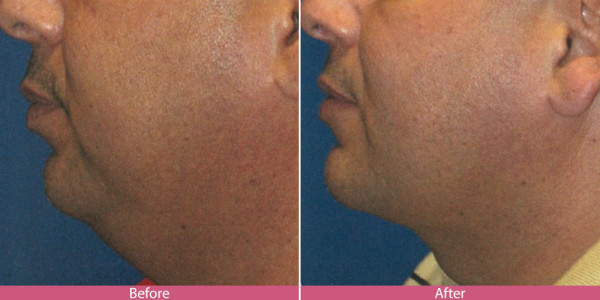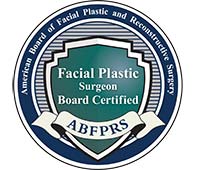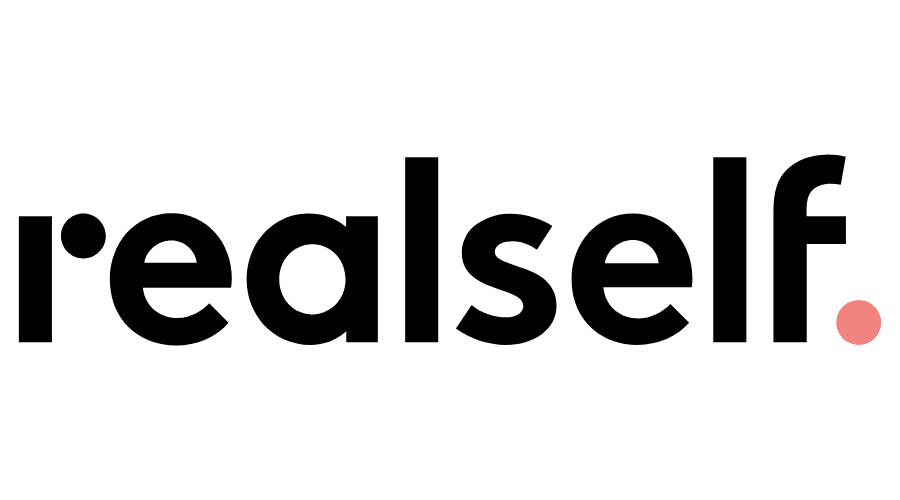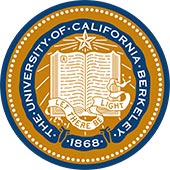You,
Only Younger.
Bellevue Liposuction: Liposculpture & Laser Lipolysis
Real Patient Photos*
A Few Reasons to Choose Facial Beauty
Low Risk Procedures
Every procedure requires some for of anesthesia and traditionally this is a General Anesthesia, meaning you are completely knocked out. At Facial Beauty, we utilize cutting-edge local anesthesia procedures where you are not fully knocked out but completely comfortable. The advantage of Local Anesthesia that there are less complications & faster recovery time. Our procedures generally take from an hour and thirty minutes to no more than three hours, allowing us to dramatically reduce any risk involved in the procedure.

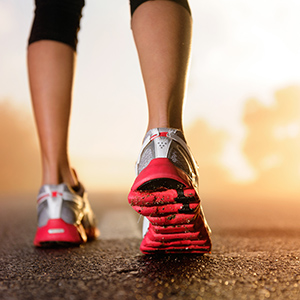
Limited Downtime
The biggest drawback to major facial surgery is the downtime. While recovery time can vary case by case, generally patients can return to work between seven to ten days after the procedure. We do everything we can for our patients to get you back to your family and back to your daily life of activity & exercise as soon as possible.
Simple & Affordable Financing
At Facial Beauty, we offer low monthly payment plans and pre-qualifications for any additional treatments, affordability has never been easier. If you’ve ever let financing stand in your way of a new you, come talk to us about options you may not know you had. We can even do pre-approvals over the phone so please feel free to contact us anytime.

Frequently Asked Questions
What does the procedure involve?
- Very small incisions behind the ears and in a crease underneath the chin.
- Local anesthesia.
- Commonly a one hour procedure.
- Minor discomfort post-operatively
- State-of-the-art laser lipolysis technology (SmartLipo).
- Laser lipolysis small cannulas are placed into the superficial fatty layer for fat melting and heat stimulation of the dermis for skin tightening.
- Liposuction performed in conjunction with laser lipolysis to provide best result.
- Liposuction cannulas placed into the superficial fatty tissue layer for suction assisted fat removal.
- Specialized and expert Facial Rejuvenation Surgeon.
What type of anesthesia do you use?
- Commonly performed under local anesthesia with mild sedation.
- IV sedation or general anesthesia with local anesthesia in selected instances.
What is a typical recovery time?
- Socially acceptable with makeup by 7 days.
- Return to work on a case-by-case basis, generally after three days post-operative with makeup
- Socially acceptable generally by 7 days with makeup.
- Resume normal exertional activity, aerobics, and jogging, after two weeks.
What is the recovery like?
- Limited need for pain medication.
- Tylenol only needed after two or three days.
- Functional at home the day after the procedure.
- Bruising and swelling typically last up to seven days.
- Full exertional activity (aerobics, jogging) after two weeks.
- Socially acceptable generally by 7 days with makeup.
- Makeup can be applied after seven days to hide the bruising.
- Subtle contour bumps resolve in one month to three months.
What can I do to help my recovery?
- Cold and ice compresses to the treated areas for up to 48 hours.
- No exertional activity. No lifting, jogging, or running for two weeks.
- Head of bed elevation during the day or during sleep at 30-degree angle for up to two weeks.
- Take prescribed medications according to the directions provided.
Routine post-operative instructions?
- Cold and ice compresses to the face and neck area for 48 hours.
- No exertional activity. No lifting, jogging, or running.
- Head of bed elevation during sleep at 30-degree angle for two weeks.
- Take prescribed medications according to directions.
- Take medications-antibiotics, pain medications, and nausea medications- as prescribed by physician.
- Follow up in the office one day, and seven days after the procedure
Are there any procedures typically performed along with a face and neck liposculpture?
- Natural lift, or minilift
- Fat grafting or fat injection or fat eyelid repositioning.
- Full face laser resurfacing with fractionated CO2 laser.
- Brow lift.
What are typical motivations for Liposuction to the Face and Neck?
- An appearance of looking “too heavy” when looking in the mirror.
- Loss of jaw line.
- Feel and appear overweight.
- Prominent jowls
- Looking more like your grandfather or grandmother.
- Individuals motivated to look their best.
- Dissatisfied with overall aging appearance, particularly around the neck region.
- Unsatisfactory appearance when looking in the mirror.
- Overall tired look.
- Overall looking overly-heavy appearance.
What are typical underlying problems?
- Superficial fatty deposition to the lower one-third of the face and jowl.
- Fatty redundant deposition to the neck area below the jaw.
- Prominent ptotic (descended) submandibular salivary glands mimic redundant fat deposition.
Are there any factors that cause or make this problem worse?
- Previous pregnancy
- Hormonal or metabolic factors.
- Sleep disorders and sleep apnea.
- Eating disorders.
- High sugar diet (typical American diet).
- Weight gain related to lack of exercise or poor diet.
- Metabolic syndrome.
What are the different types of liposculpture procedures?
- Laser lipolysis (NdYag 1064 nm) laser fat melting and thermal treatment of underlying dermis which provides skin tightening.
- Liposuction assisted removal of redundant fat.
- Combined laser lipolysis with liposuction (most commonly used technique).
Who are good candidates?
- Individuals motivated to look their best.
- Individuals desiring to appear thinner.
- Individuals desiring to re-establish the jaw line.
- Aging of the neck and lower face.
- Individuals dissatisfied with their neck and face appearance and their appearance of looking fuller and older than they feel.
- Healthy individuals.
- Individuals motivated to feel their best about themselves.
- Individuals frustrated by the changes that have occurred to the neck, particularly past the age of 40.
How old are most patients?
- 20 to 50-ideal candidates.
- 50 or older requires clinical determination whether tightening may also be needed (i.e. facelift).
How experienced are the surgeons?
- Board-certified Facial Plastic and Reconstructive Surgeon
- Double board-certified (Otolaryngology-Head and Neck Surgery)
- Expert surgeon who performs over 200 face and neck liposculpture treatments a year.
Are there any reasons why I should not have Face and Neck Liposculpture?
- Mild to moderate cardiac or pulmonary disease.
- Other significant medical illness.
- Chronic anticoagulation.
- Expectation of losing lots of weight from a neck liposculpture procedure.
- Previous head and neck cancer surgery or radiation.
A message from Dr. Santos about Liposuction and Lipolysis:
Most of us look a little bit fuller when we attend our 20th or 30th high school reunion than we did back when we were young in high school. Unless we remain thin throughout our lives, it is a simple fact that many of us will take on weight and increased girth to the neck and lower face regions. With weight gain, the neck and lower face will become plump appearing, will sag more, and will render an overall appearance of looking heavier. Due to the increased sagging from the extra weight, and the additional neck skin rolling, we will also look older. Further, lean is aesthetically viewed as more youthful and healthy. Fullness, increased girth, and increased rolling to the lower face and neck area is unattractive, appears less healthy and has become a very common concern for many patients who seek aesthetic rejuvenation.
Many have a genetic predisposition to fullness to the neck and lower face area as patients will often testify that their family members, parents, grandparents or aunts and uncles, exhibit similar face and neck fat deposition characteristics. As we get older, we sometimes ask ourselves if we seem to be looking more like our parents. Also, some women after pregnancy will have gained an additional roll underneath the chin that wasn’t there previous to the pregnancy. The truth is that the U.S. population has become more and more overweight and obese, and the common culprit for neck and face fullness is simple weight gain.
Liposculpture is a term that simply means to sculpt the adipose layer beneath the skin. It can include both traditional liposuction (negative suction pressure removal of fat), or laser lipolysis (laser beam melting of the fat beneath the skin surface with an additional element of dermal thermal treatment that can additionally tighten up the skin). A common technique is to utilize both liposuction and laser lipolysis concurrently.
Lower face, jowl and neck liposculpture provides significant improvement to the overall appearance of the face and neck. The result is an appearance of greater youthfulness, a thinner face and neck, and an appearance of weight reduction. Liposculpture by itself without surgical tightening (facelift) works best on those who are young to middle age, specifically those less than 50 years old. Those individuals who have good skin tone do well with simple reduction of fat with laser tightening of the skin. However, those individuals with more laxity to the soft tissue and skin, those particularly over the age of 50, tend to be better suited to a combination facelift in addition to liposculpture.
Over the last several years, the addition of laser lipolysis has provided an additional armamentarium for liposculpture technique by providing additional skin tightening. In addition to reduction of the fat, tightening of the undersurface of the dermal layer of the skin by laser thermal energy, provides a nice addition to the overall improvement of the end result due to overall tightening the skin. Generally combination of liposuction and laser lipolysis provides a nice balance to the overall aesthetic result and has become the standard for our liposculpture technique. Appropriate selected candidates undergoing liposculpture will generally achieve a noticeable improvement seen in the mirror.
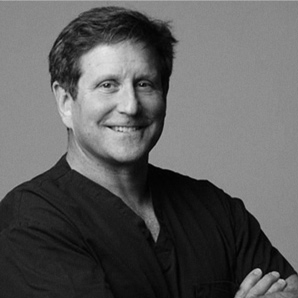
David Santos MD, FACS
Dr David Santos was the Medical Director for Lifestyle Lift, responsible for hundreds of facelift surgeons and thousands of procedures. Having performed over 4,000 facelift procedures himself, Dr. Santos is committed to finding cutting edge techniques to reduce the risk and minimize the downtime of facelift procedures.
- Member American Board of Facial Plastic and Reconstructive Surgery
- Member American Board of Otolarnyngology – Head and Neck Surgery
- Member American Academy of Facial Plastic and Reconstructive Surgery

